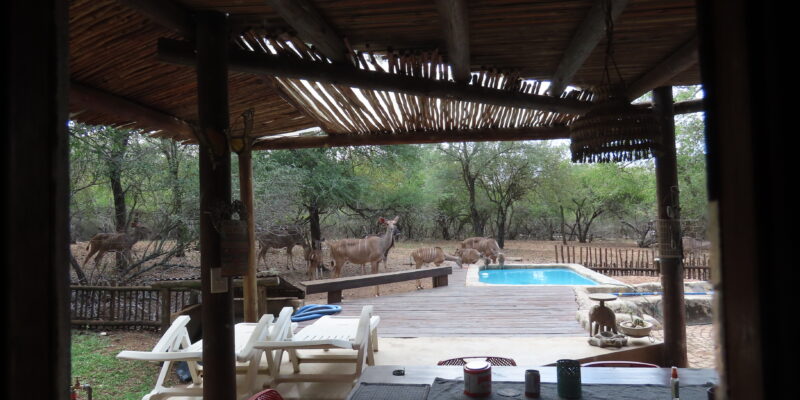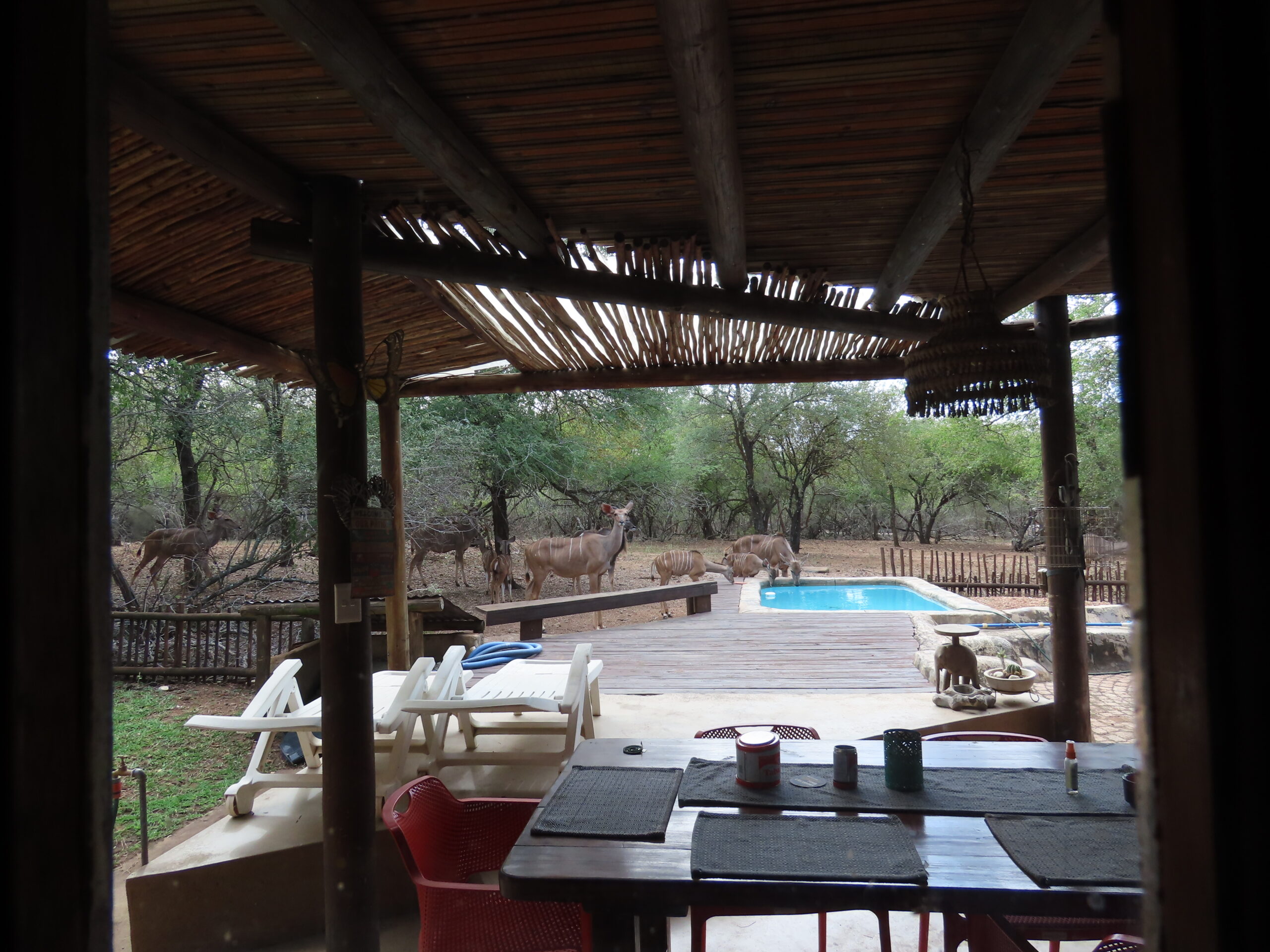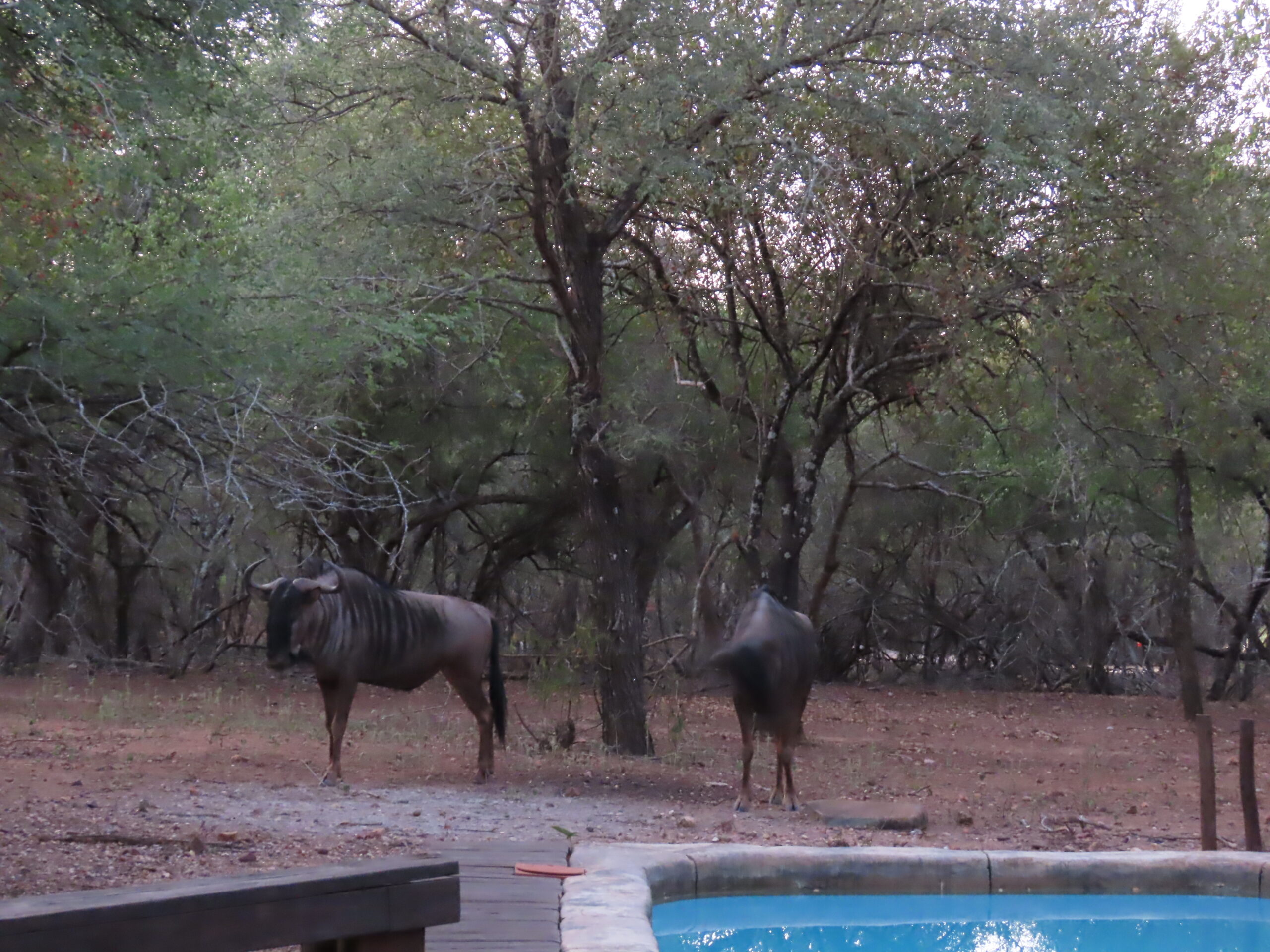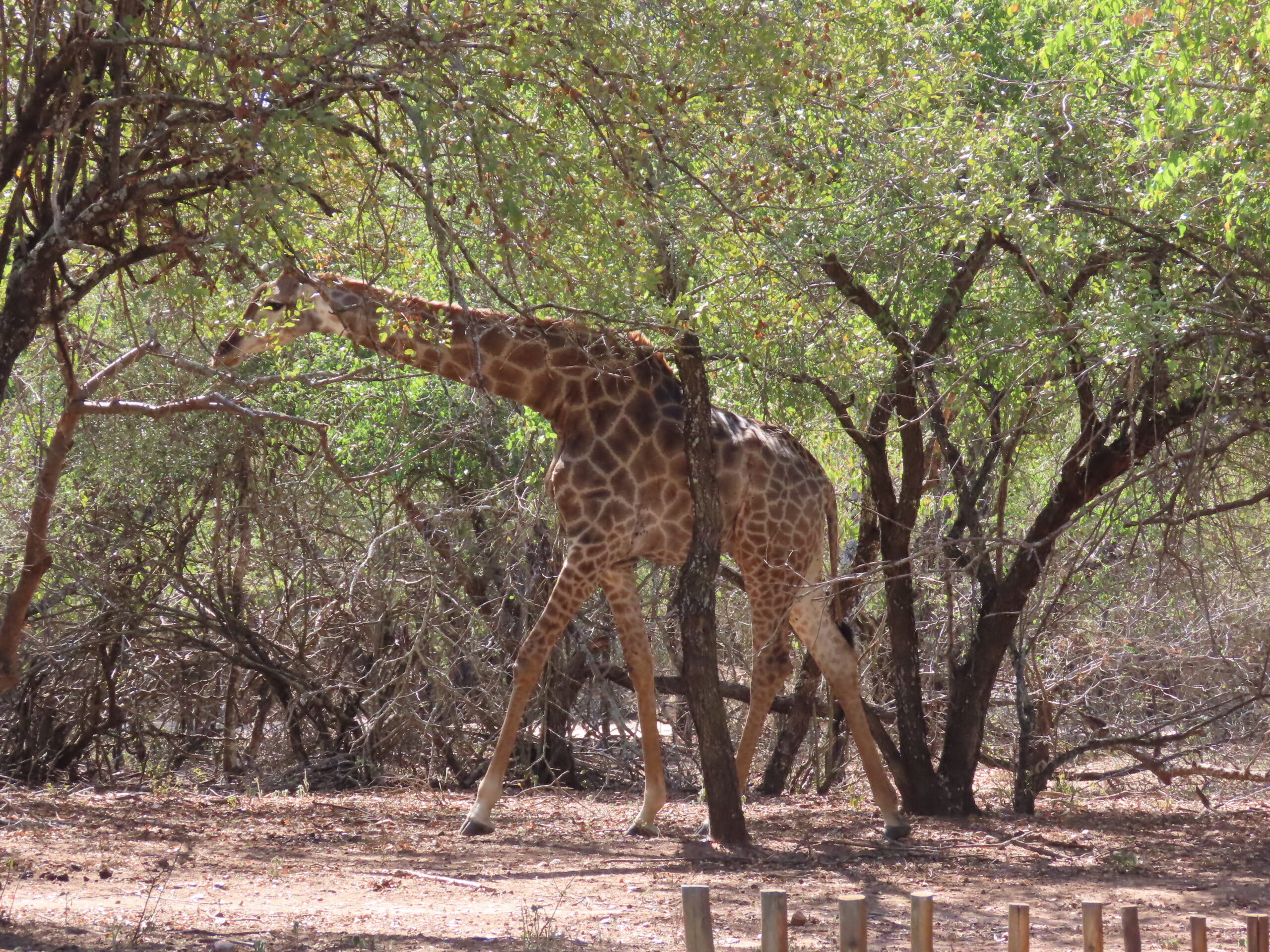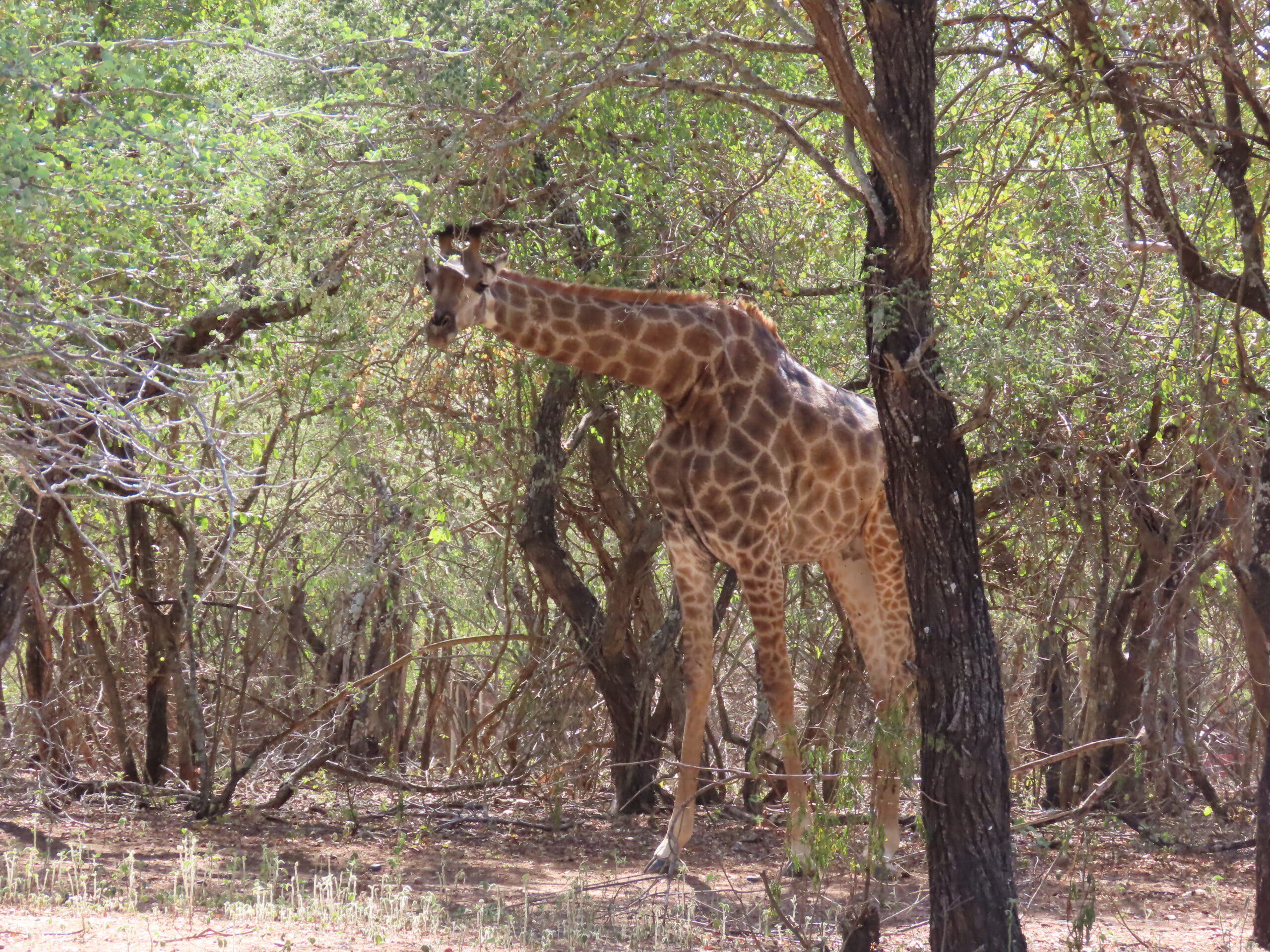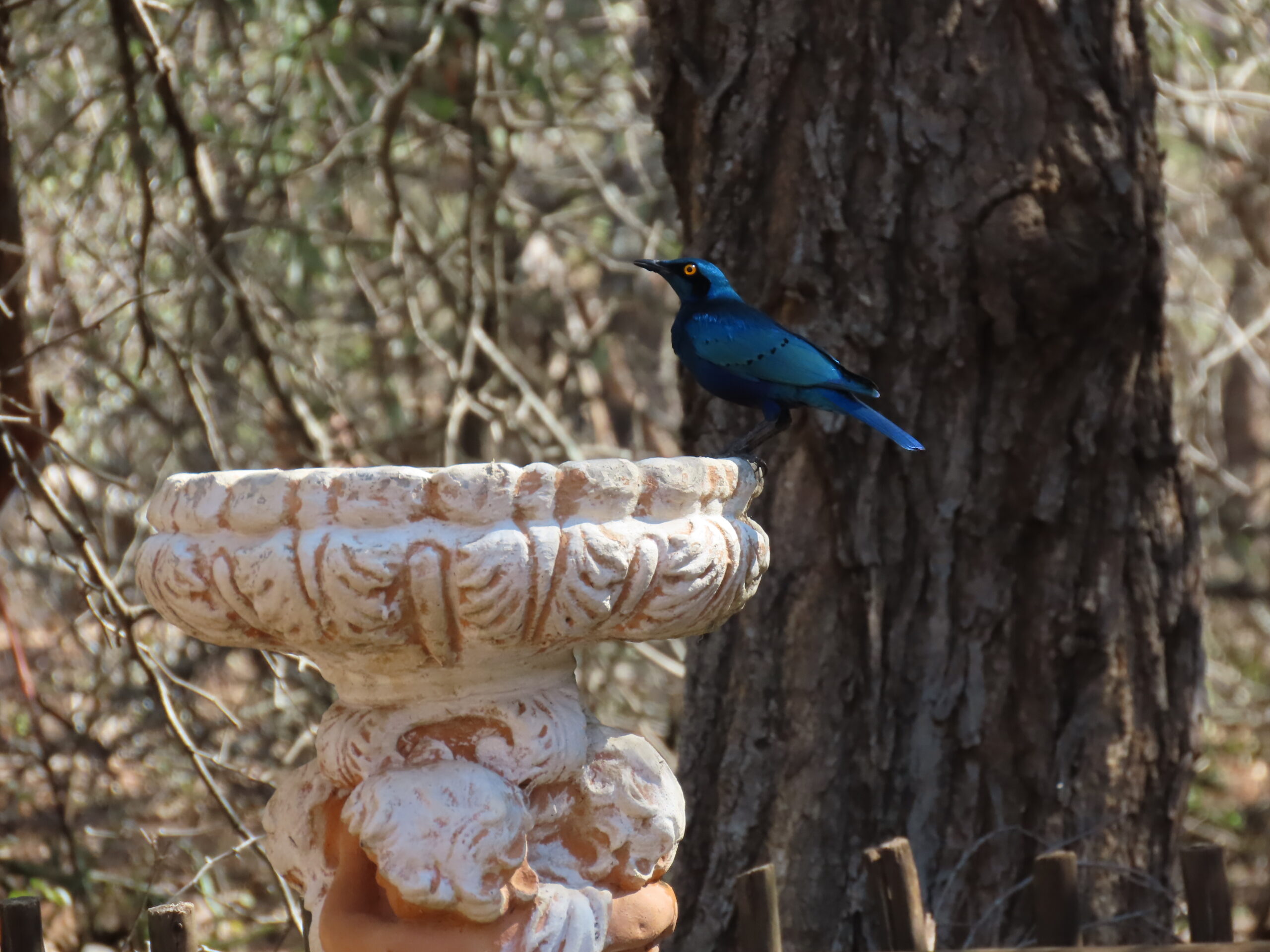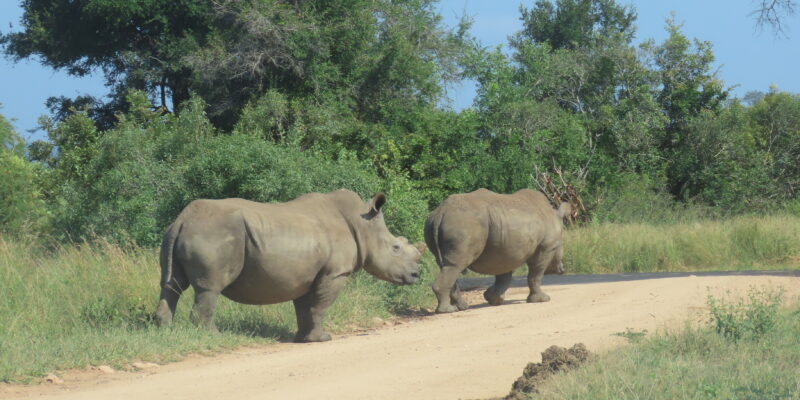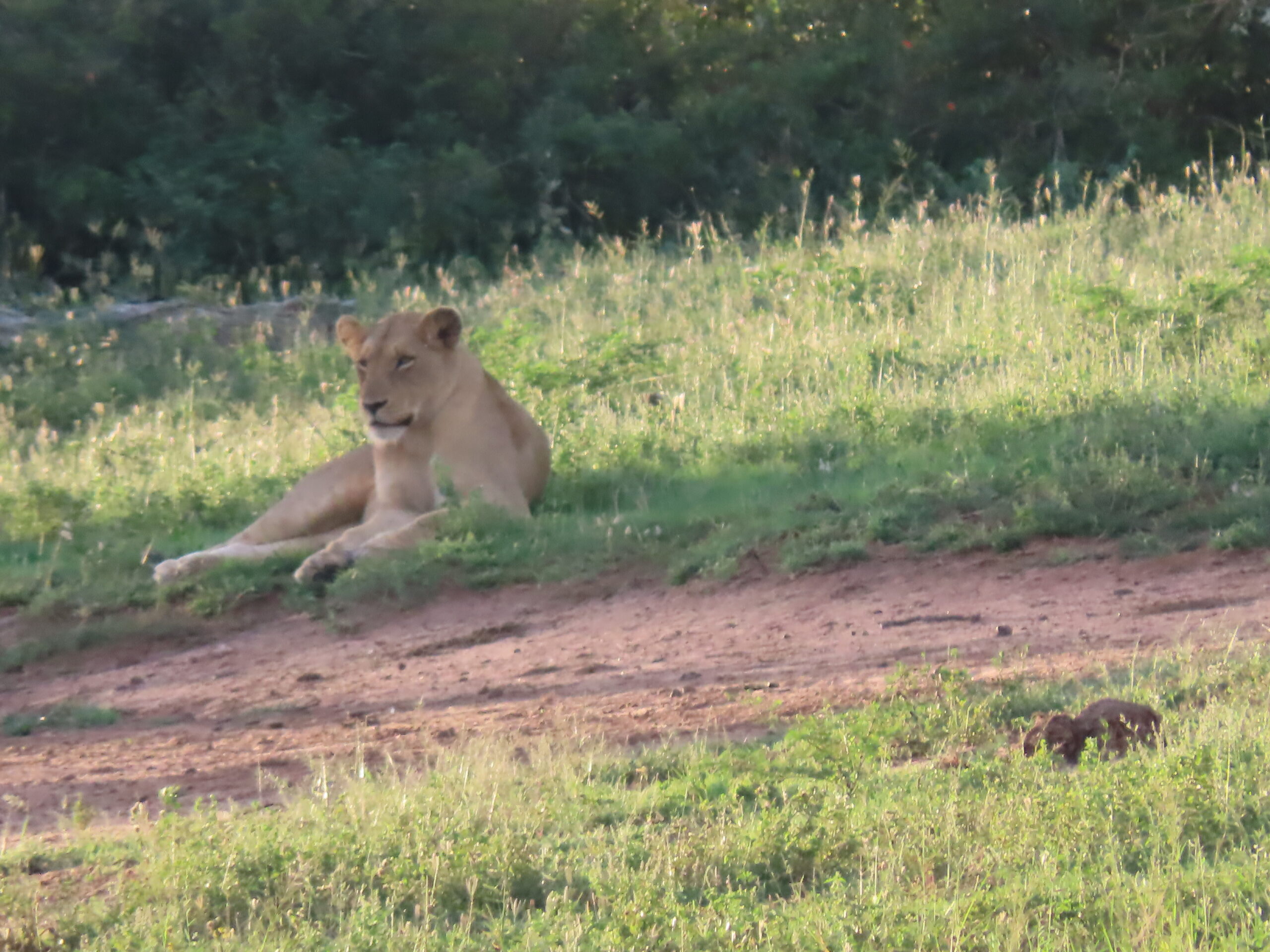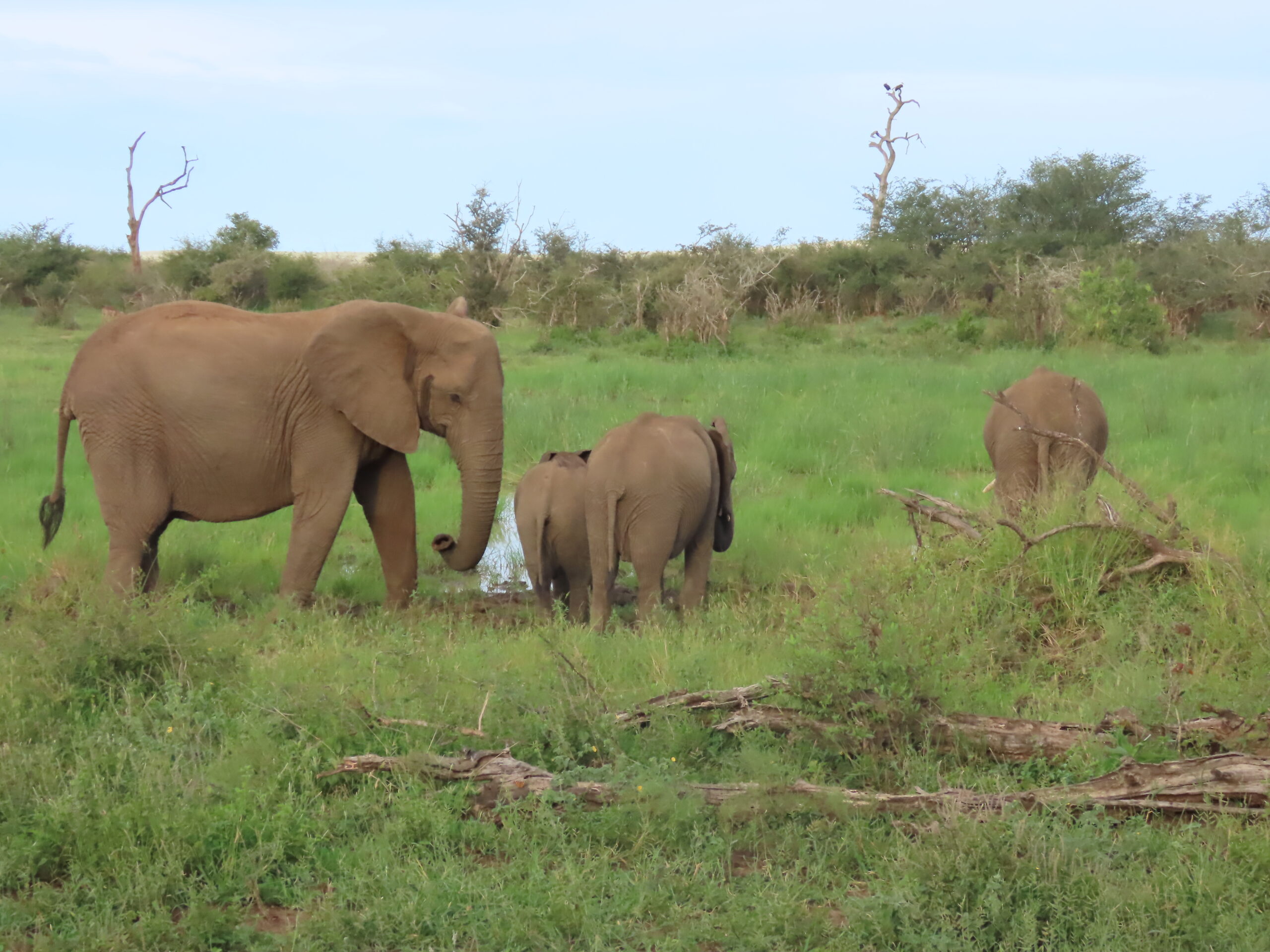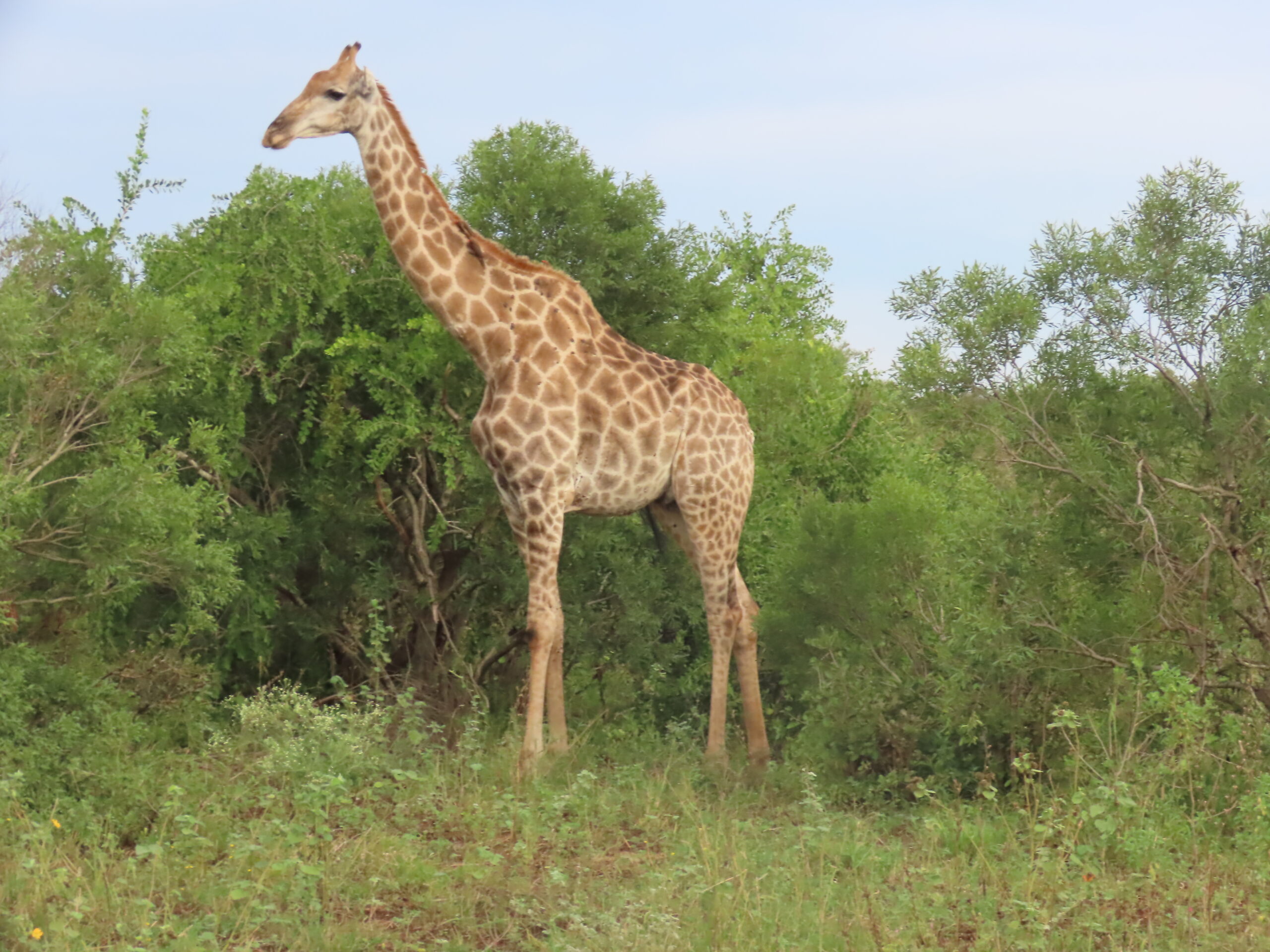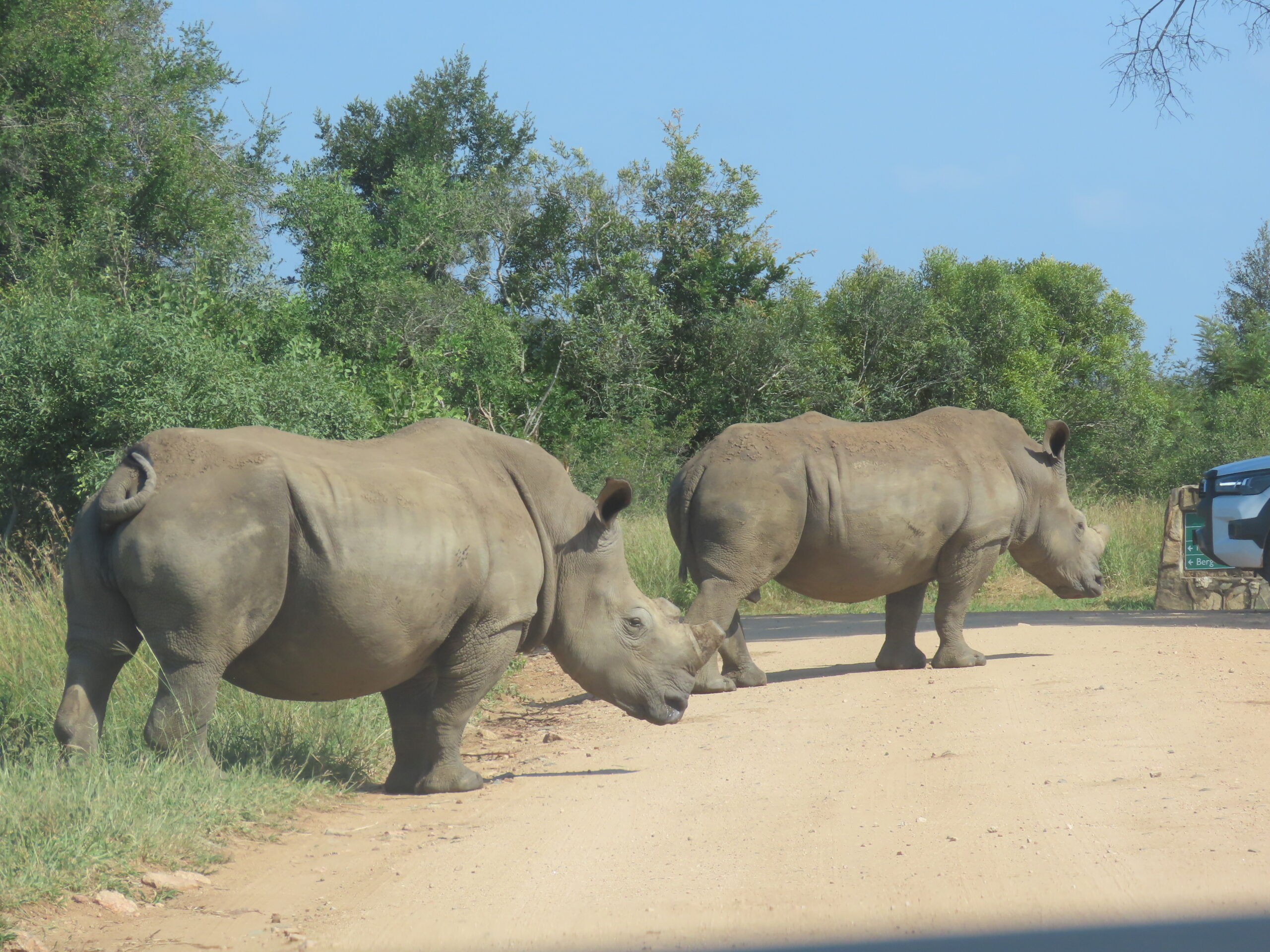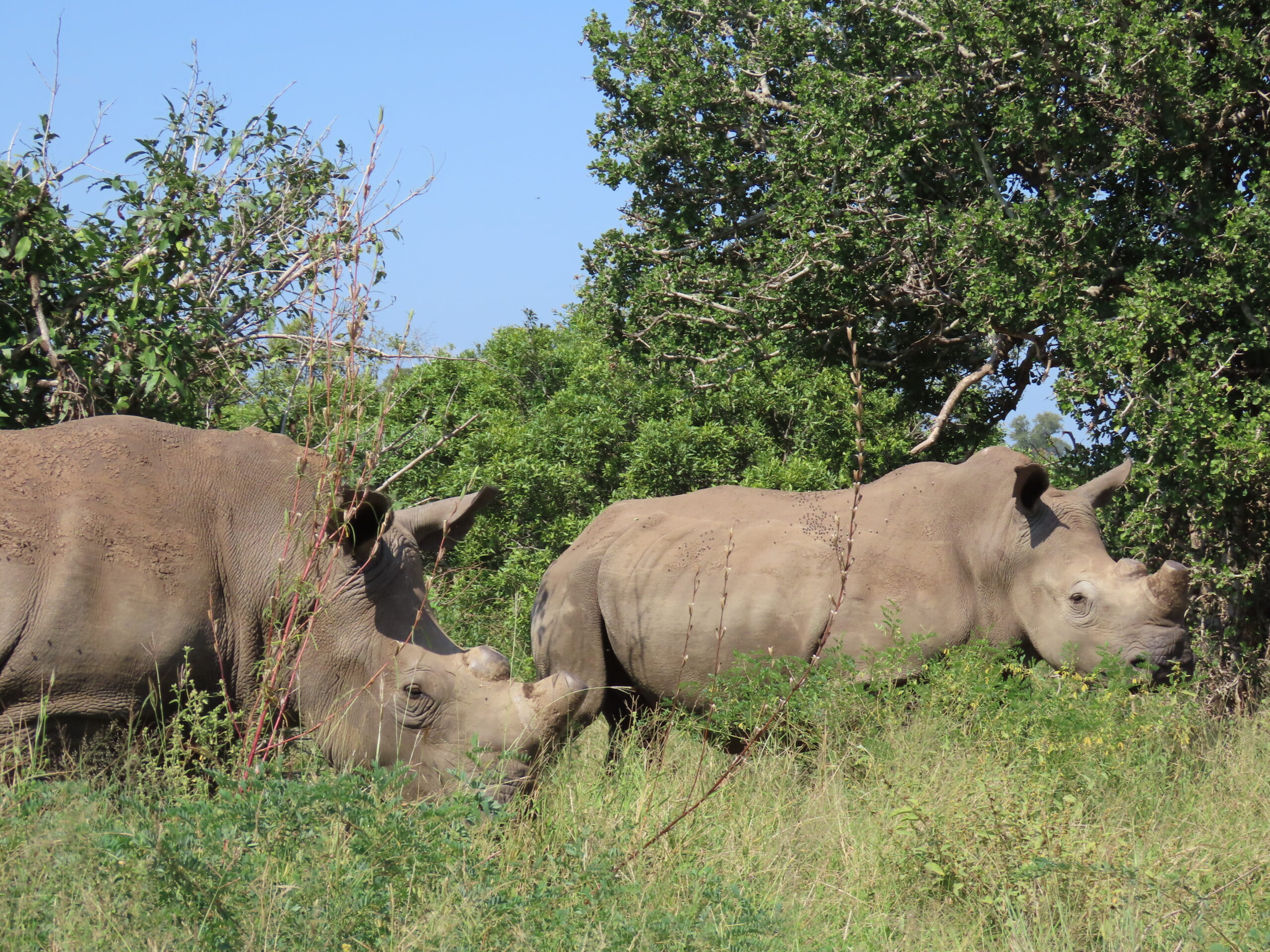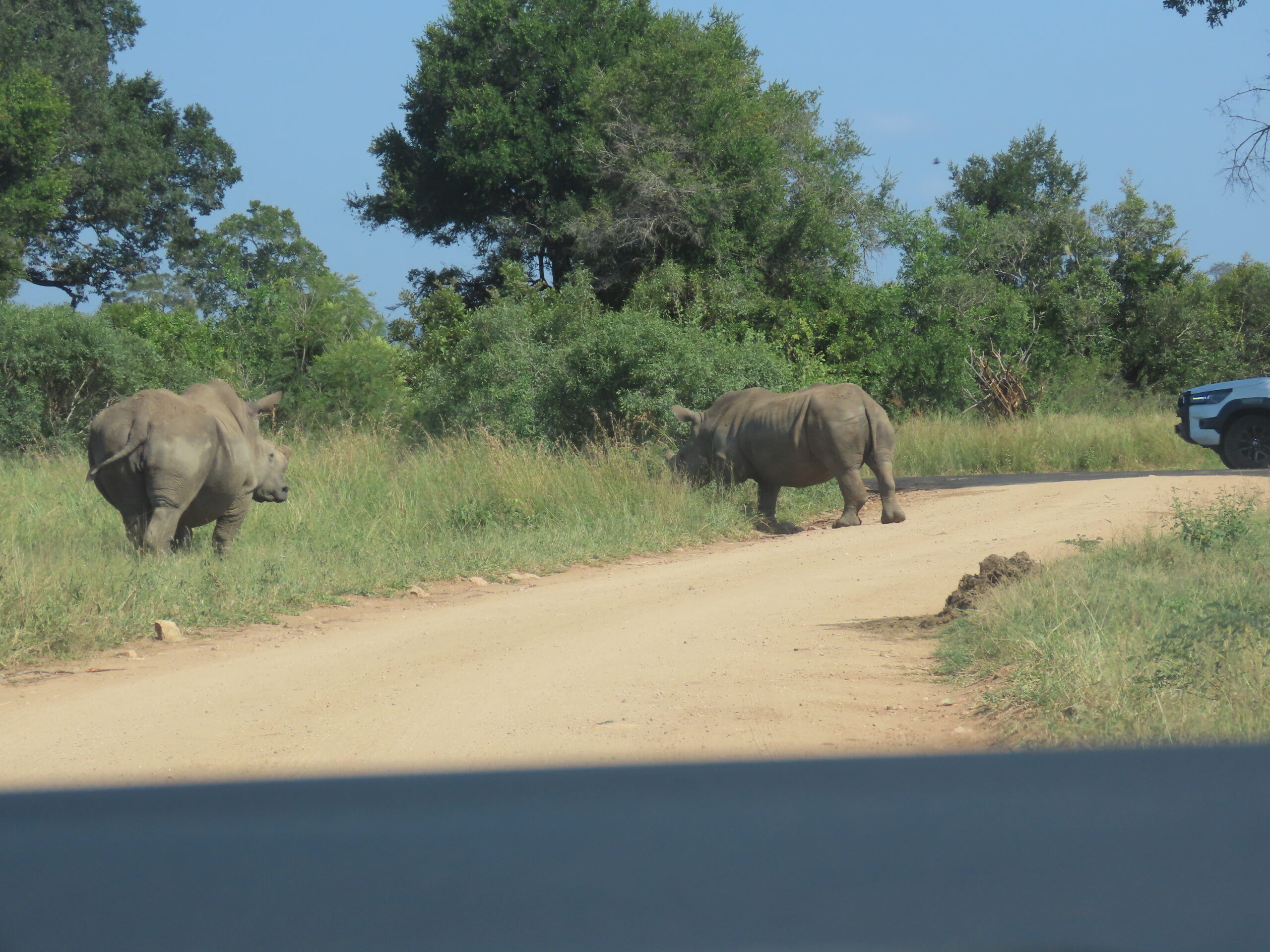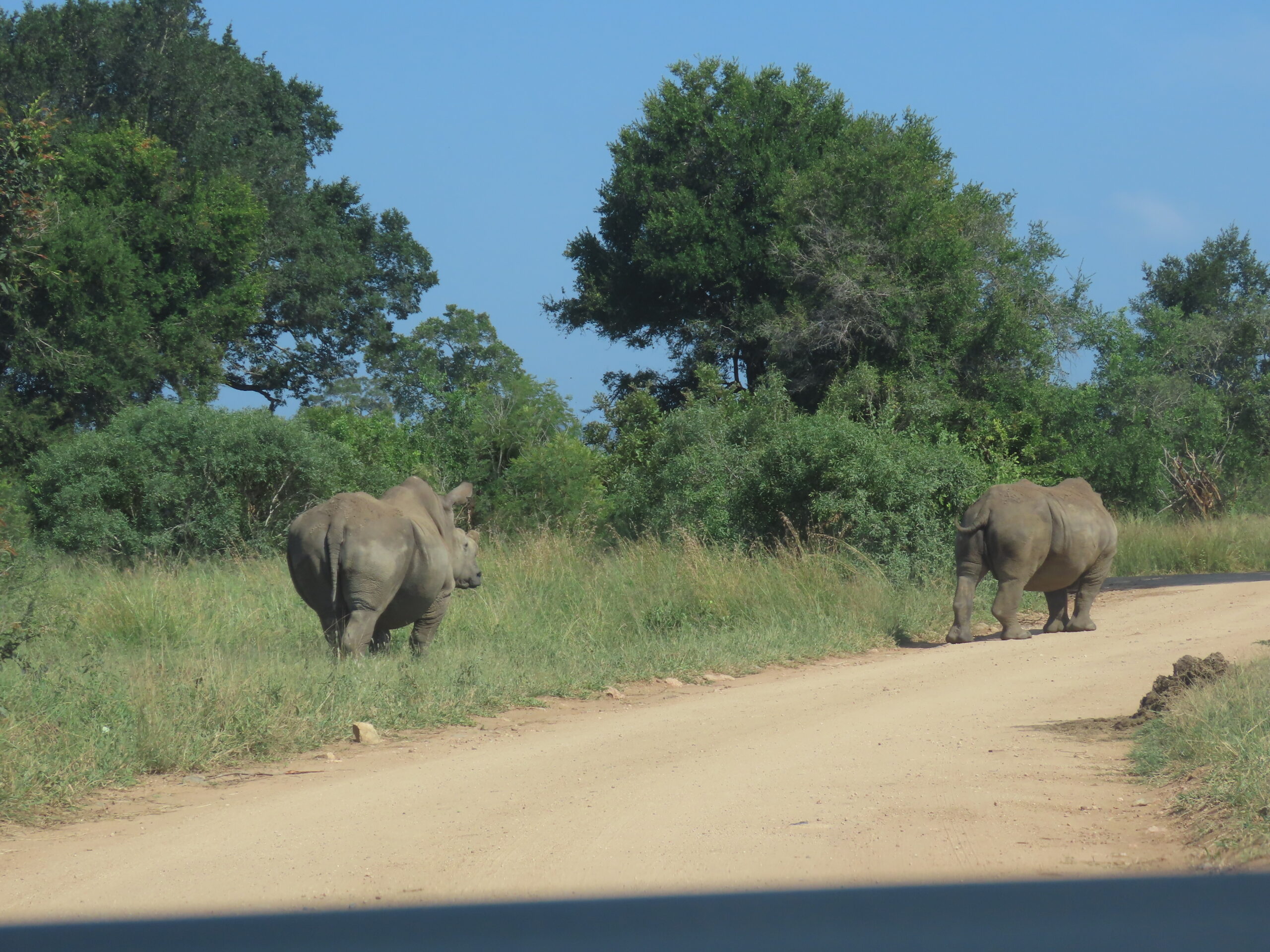
While we were at Jabula last evening, my son Greg called, and I moved to their office to chat with him for a few minutes without disturbing anyone in the bar. As always, it’s wonderful to hear our kids’ voices with updates on the grandchildren and recent events in their lives.
Greg, his girlfriend Heather, and the grandchildren look forward to our upcoming visit. They are making plans for us for when we arrive, amid all the plans we’ll make with Tom’s family. It will be a busy three weeks.
Last night, Greg asked me if I’d go fishing with them, an activity we often did when we lived in Minnesota years ago. Living on a lake for 26 years resulted in many fun times, sitting at the end of the dock, fishing rods in hand, and spending hours in anticipation of who’s going to catch the next and biggest fish.
I consider myself a good fisherperson. Tom always teases that the only time I’d get jealous was when someone caught a fish bigger than mine. So true. But with the necessity of buying a non-resident fishing license for only a few hours, I will join them and won’t fish, but will watch them and help bait their hooks. Even with my long fingernails, I had no problem grabbing a worm, maggot, or leech to bait mine or the kids’ hooks.
In any case, hanging out with the kids and engaging in idle chatter as we watch the bobbers will be fun. As always, there will be many times when Tom is with the kids’ family and I am with mine. Although we both make every effort to spend time with each other’s families, it doesn’t always work out that way.
We’ll arrive in Minnesota at 3:15 pm on May 25, two weeks from today. We won’t see anyone that day or evening since we’ll have been traveling for over 30 hours, plus time on the road getting to and from the airport in Nelspruit and the airport in Minneapolis. I hope we can sleep on the plane and be refreshed the following day.
Maisie’s graduation isn’t until May 29, which prompted us to leave here a little earlier than necessary to ensure we had ample time to recover from the long travel period. When we arrived in South Africa at the beginning of March, it was the first time either of us had suffered from jet lag over the past 12½ years of world travel. We’re hoping that was an isolated situation and that we’ll do better this time after our outgoing and return flights.
This will be my first roundtrip flight from South Africa to the US. But in March 2023, Tom did a round trip when he left here to return to the US for his dear brother Jerome’s funeral, returning ten days later. It was the first time I was alone here in the bush, but I did fine, especially when our many friends made a point of keeping me busy at social events.
I continued to go to Jabula every Friday and Saturday night, with friends driving me each way, particularly my old friend Sindee. Louise and Danie invited me for dinner, and the time flew by quickly until Tom returned.
One might think that living amongst wild animals and the nighttime darkness would make one feel unsafe, but I have never felt unsafe. Plus, I kept the emergency remote in the bedroom with me, and I would only need to press the red button to have security staff here within a few minutes.
The bush is a wild place, and nighttime sounds can be frightening, but the risks are minimal, even when lions roam the park. At any given time, there are leopards, but they are rarely seen.
Today, we are making a prime rib roast on the braai and will enjoy a quiet day. It’s very warm, and we don’t have a complaint in the world.
Happy Mother’s Day to all the moms in the world. Enjoy a day about YOU.
Be well.
Photo from ten years ago today, May 11, 2015:


